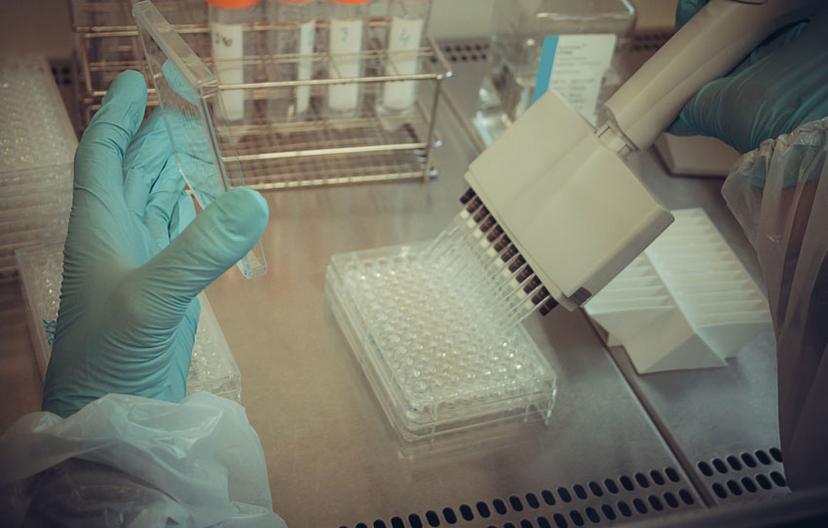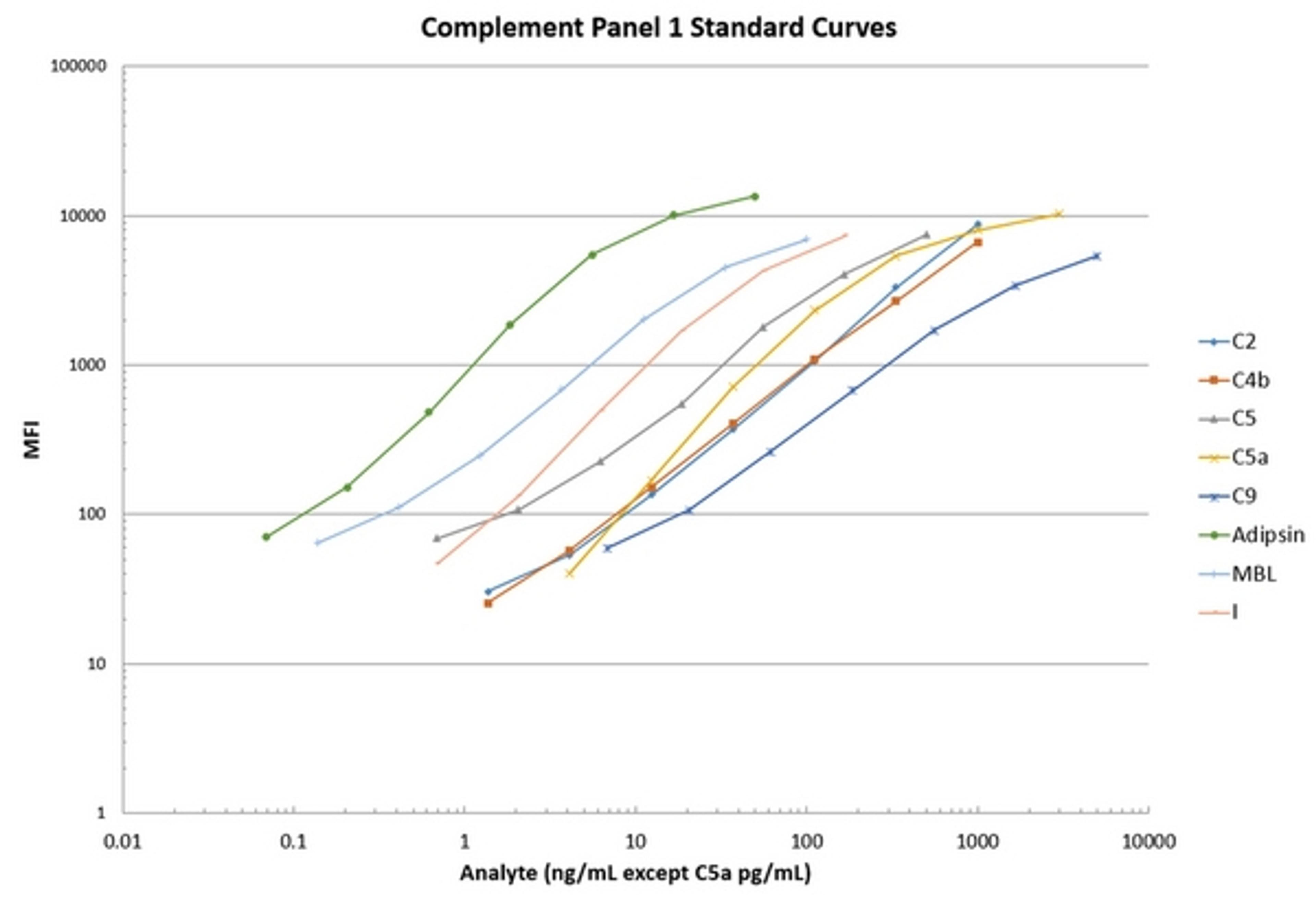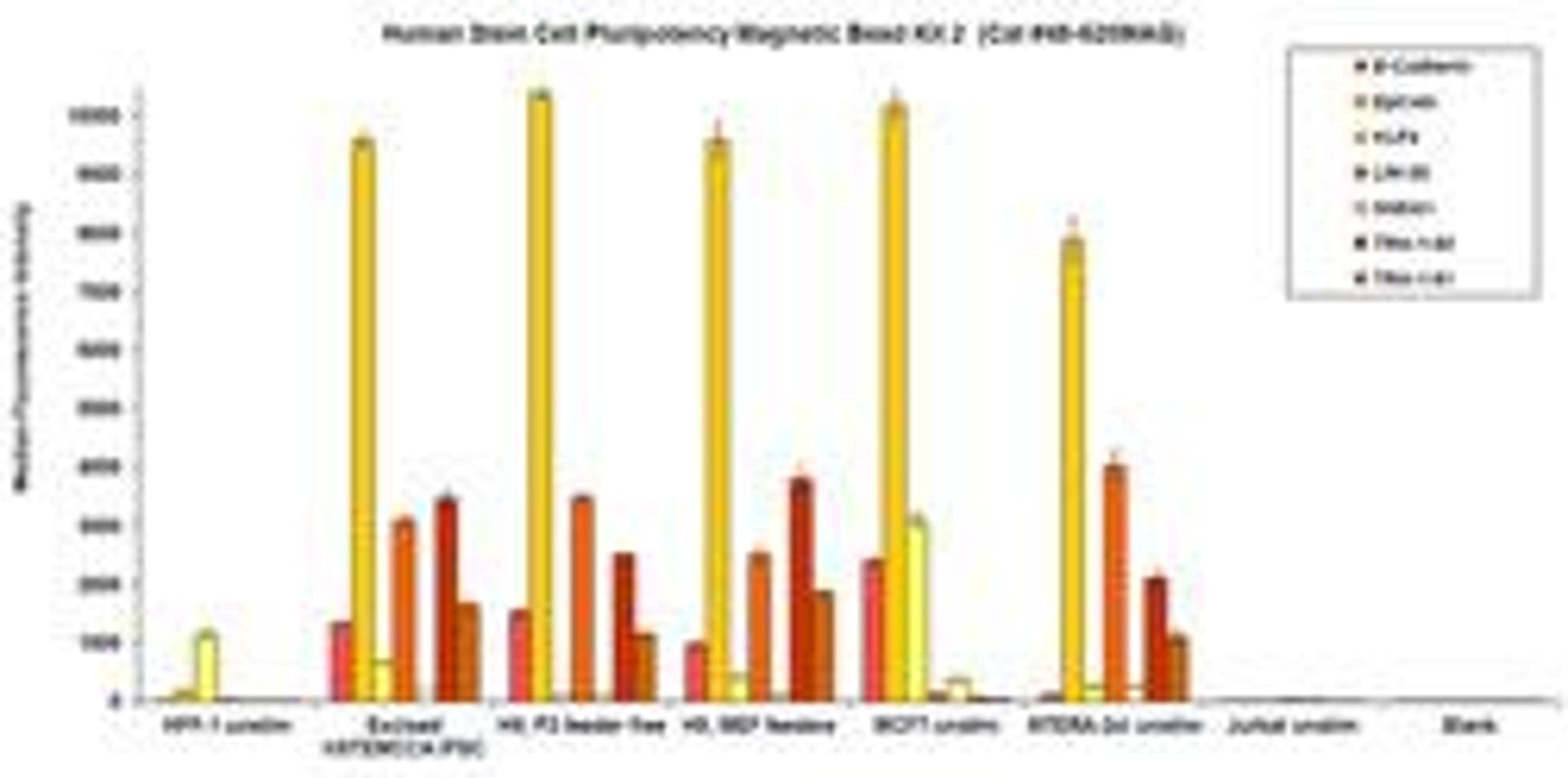Discover How Multiplex Assays are Advancing Biomedical Research
Top tips to optimize your analyses
9 May 2016

Top tips to help you optimize your multiplex assays
Sonali Nayak, Senior Manager for North America Life Science Technical Services at MilliporeSigma, spoke to SelectScience® about the advantages and applications of multiplex assays. Read on to discover the latest technological developments and top tips for setting up your multiplex assays.
Q: Please tell us about your role at MilliporeSigma.
A: As the manager for protein detection, cell analysis and sample preparation, I support the products and tools developed for biomedical research, including the first commercially available multiplexed cytokine assay for the Luminex® platform. I also collaborate in data analysis software development for multiplexed assays. My experience encompasses many areas across drug discovery and development with an emphasis on research diagnostics.
Q: What are the benefits of multiplex assays?
A: Multiple biomarkers may need to be measured for research or diagnostic purposes and conventional methodologies, such as RIAs, ELISAs or Western blotting are constrained due to:
- sample volumes required
- costs
- time for standardization, validation & assay runs
- data reliability of running multiple assays on one sample
Multiplex assays address all these issues. Luminex’s xMAP® technology coupled with MILLIPLEX® Immunoassay kits, enables simultaneous measurement of multiple analytes, in low sample volumes, using one assay run. Fluorescent detection also provides a wider dynamic range for higher assay sensitivity. Costs are reduced as fewer assay runs are required.
Q: What are the most important applications of multiplex assays?
A: These assay formats have been used in several aspects of preclinical research and are now used in diagnostics. In drug development, multiplex assays can be applied at the discovery stage during screening, for biomarker profiling in preclinical tests, for final ADME studies and in phase IV clinical trials. In new-born screening, only one capillary tube of blood is sufficient to generate data across multiple parameters. Dried blood spots, collected worldwide, have been tested for biomarker research and epidemiology studies.
Multiplex assays, such as MILLIPLEX® MAP, are facilitating drug discovery screening, by reducing the time and resources necessary to develop a commercially viable drug.
Q: What are your top tips to get the best multiplex assay results?
A: Several factors should be considered for optimum results:
- Cross Reactivity
The antibody pairs used in a multiplexed panel should have negligible cross reactivity to the other analytes in the panel.
- Sample Dilution / Treatment
The sample values for the chosen assays should fall within the dynamic range of the standard curves. For example, high abundant proteins may require a sample dilution, in which case they cannot be plexed with low abundant protein assays. Similarly, analytes that require sample extraction (by either acidification, column separation etc.) may need to be plexed separately.
- Matrix Compatibility
Some sample types may have interfering matrix effects that reduce the recovery of the analyte in the assay. The use of a compatible matrix in the standard curve and /or buffers can compensate for these interferences. However, as the effect is different for each assay, only those assays, that give similar accuracy and linearity can be plexed.
- Assay Format
Some applications only require a qualitative response, i.e. presence, absence or change in analyte concentration. These assays may need to be run separately from quantitative assay, for example cell signaling studies versus cytokine profiling.
Q: What developments could benefit multiplex assays in the future?
A: We have the tools to generate data from genomic and proteomic microarrays separately but the ability to combine these parallel resources would greatly enhance research. Development of more sophisticated software, capable of quickly analyzing and interpreting the large volumes of data that can be generated from just one sample would also improve data management.
Do you use MILLIPLEX Immunoassay Kits? Tell us your opinion, leave a review today.
Image: diamant24/Shutterstock



